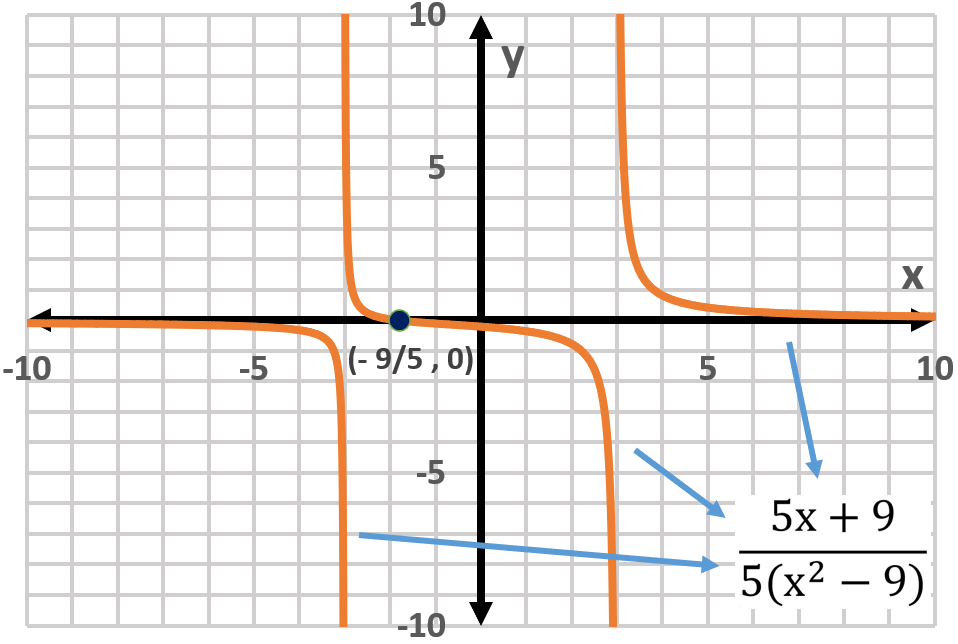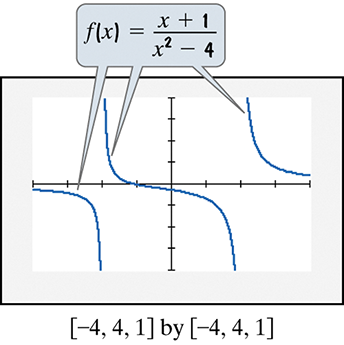Here are the essential concepts you must grasp in order to answer the question correctly.
Rational Functions
A rational function is a function that can be expressed as the ratio of two polynomials. The general form is f(x) = P(x)/Q(x), where P and Q are polynomials. Understanding rational functions is crucial for analyzing their behavior, including asymptotes, intercepts, and intervals of increase or decrease.
Recommended video:
Intro to Rational Functions
Inequalities
Inequalities express a relationship where one side is not necessarily equal to the other, using symbols like >, <, ≥, or ≤. Solving inequalities often involves finding the range of values that satisfy the condition, which can be visualized on a number line or through graphing. This is essential for determining where a rational function is greater or less than a certain value.
Recommended video:
Asymptotes
Asymptotes are lines that a graph approaches but never touches. For rational functions, vertical asymptotes occur where the denominator is zero, while horizontal asymptotes describe the behavior of the function as x approaches infinity. Identifying asymptotes helps in understanding the overall shape and limits of the function, which is vital for solving inequalities.
Recommended video:
Introduction to Asymptotes


 Verified step by step guidance
Verified step by step guidance Verified video answer for a similar problem:
Verified video answer for a similar problem:

